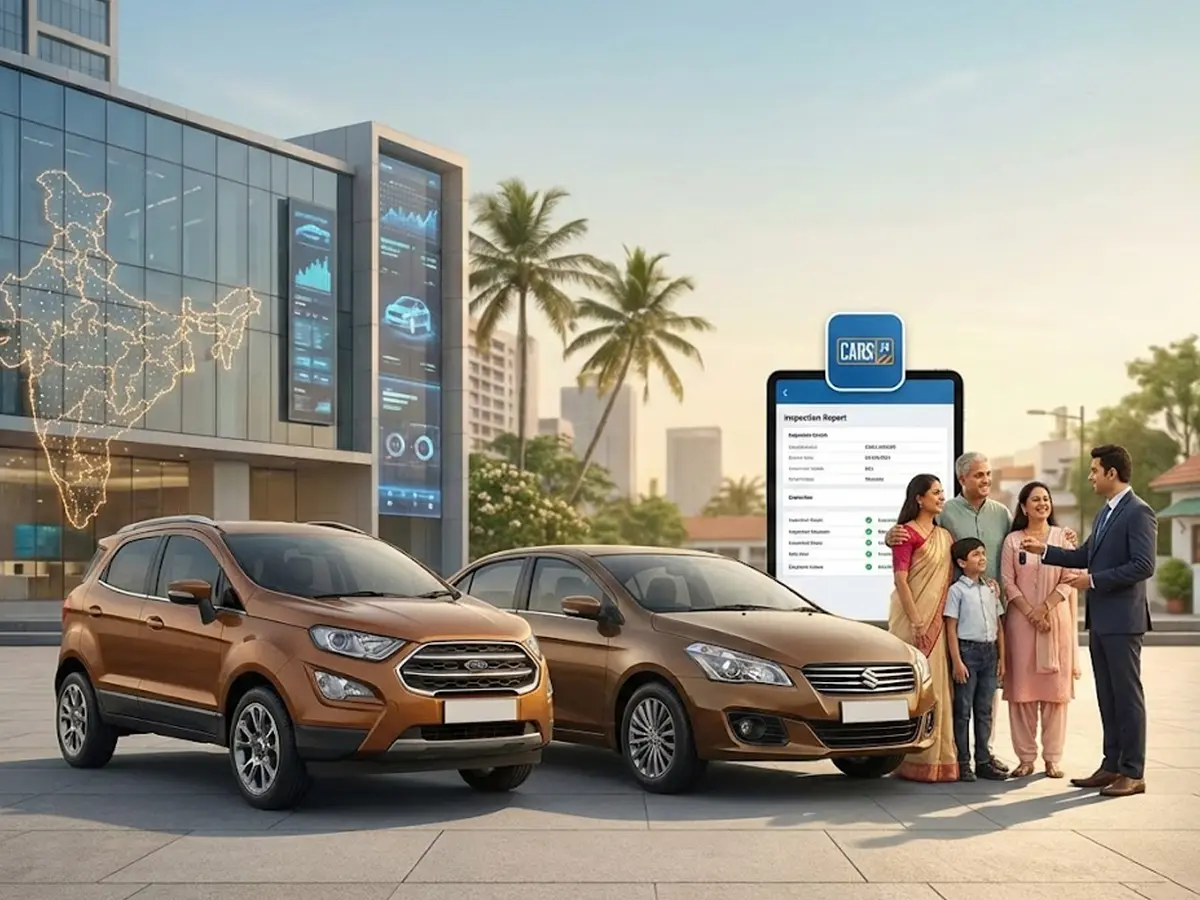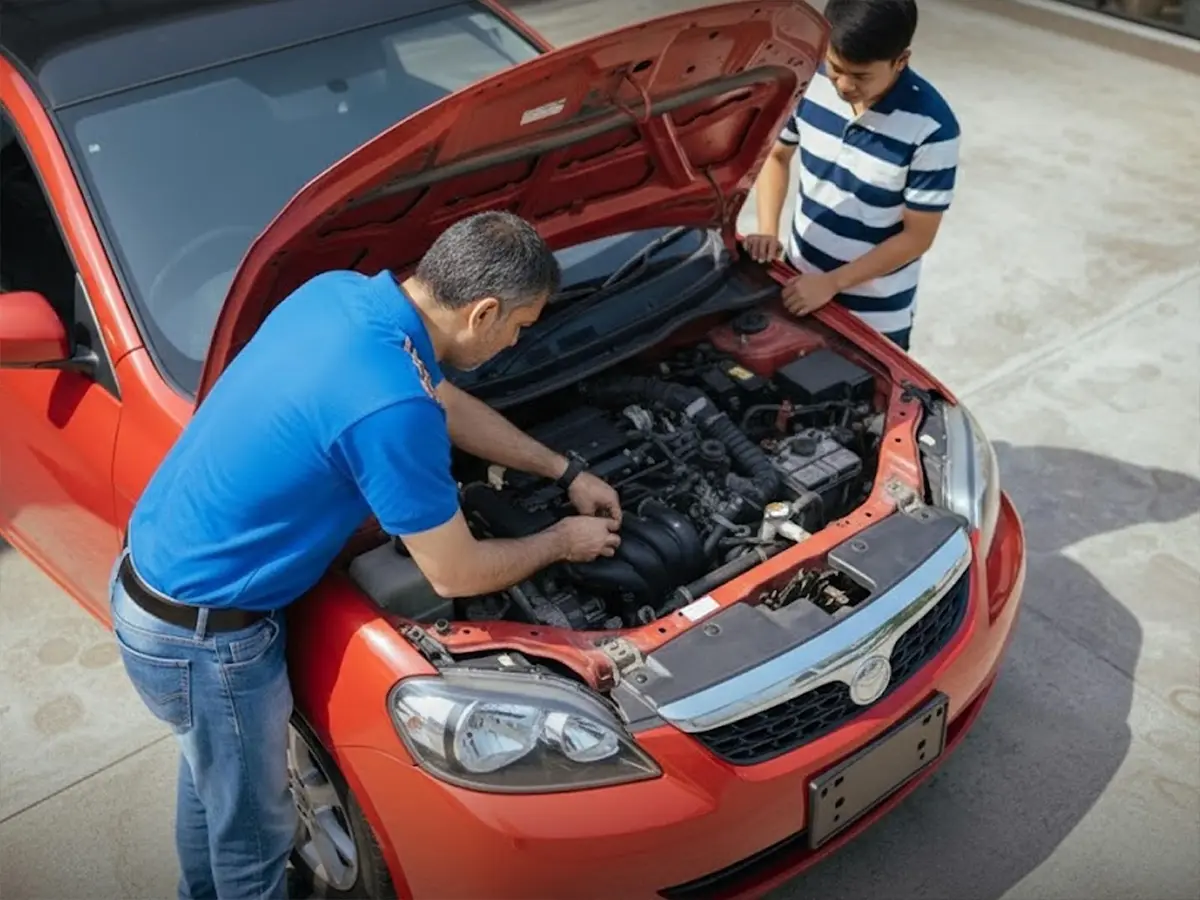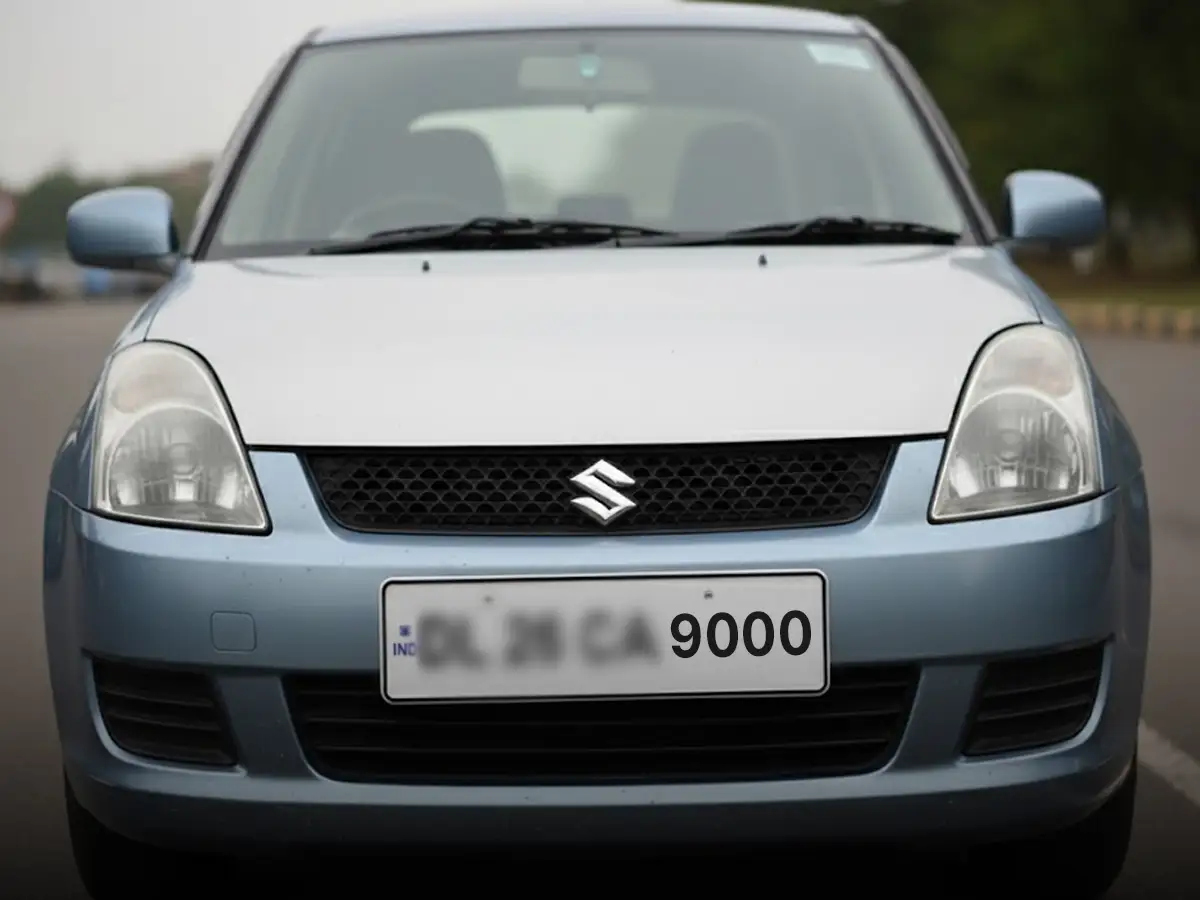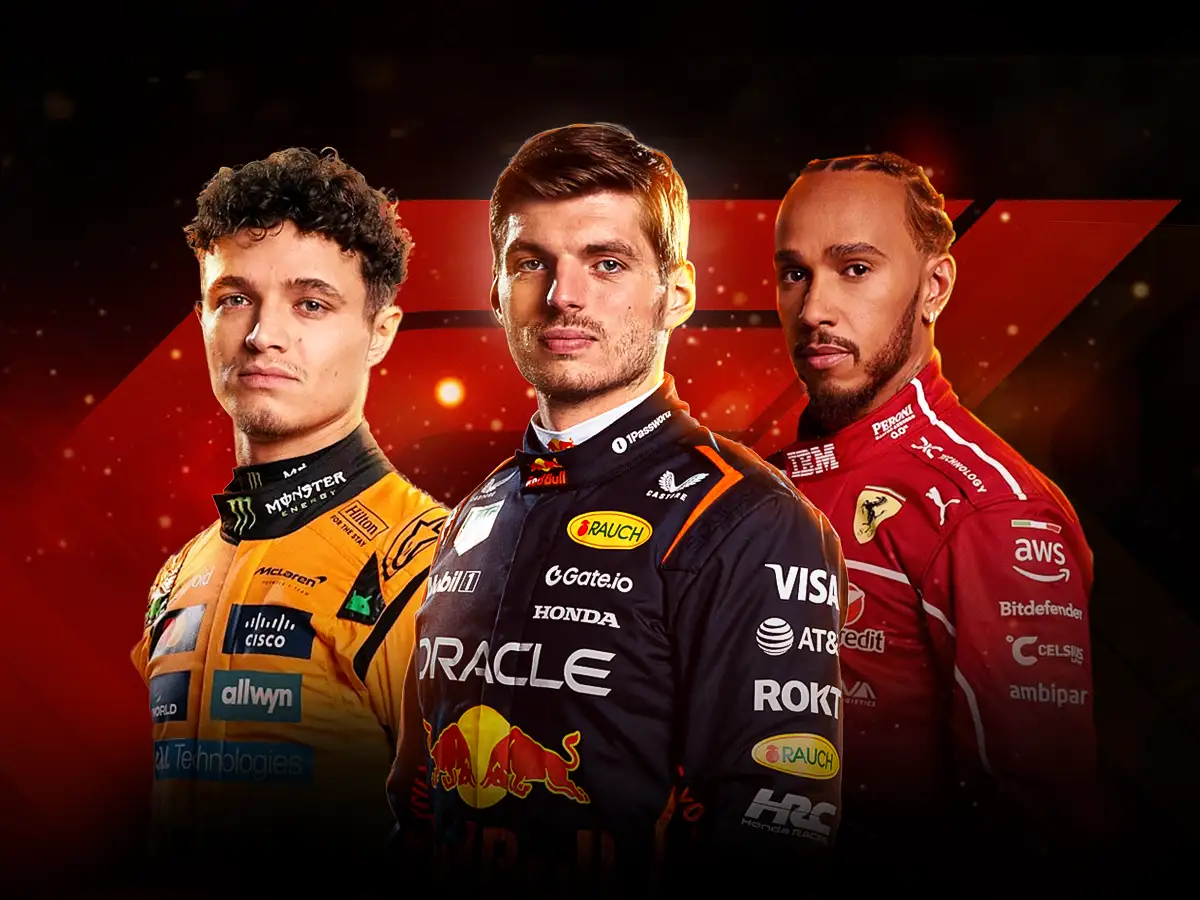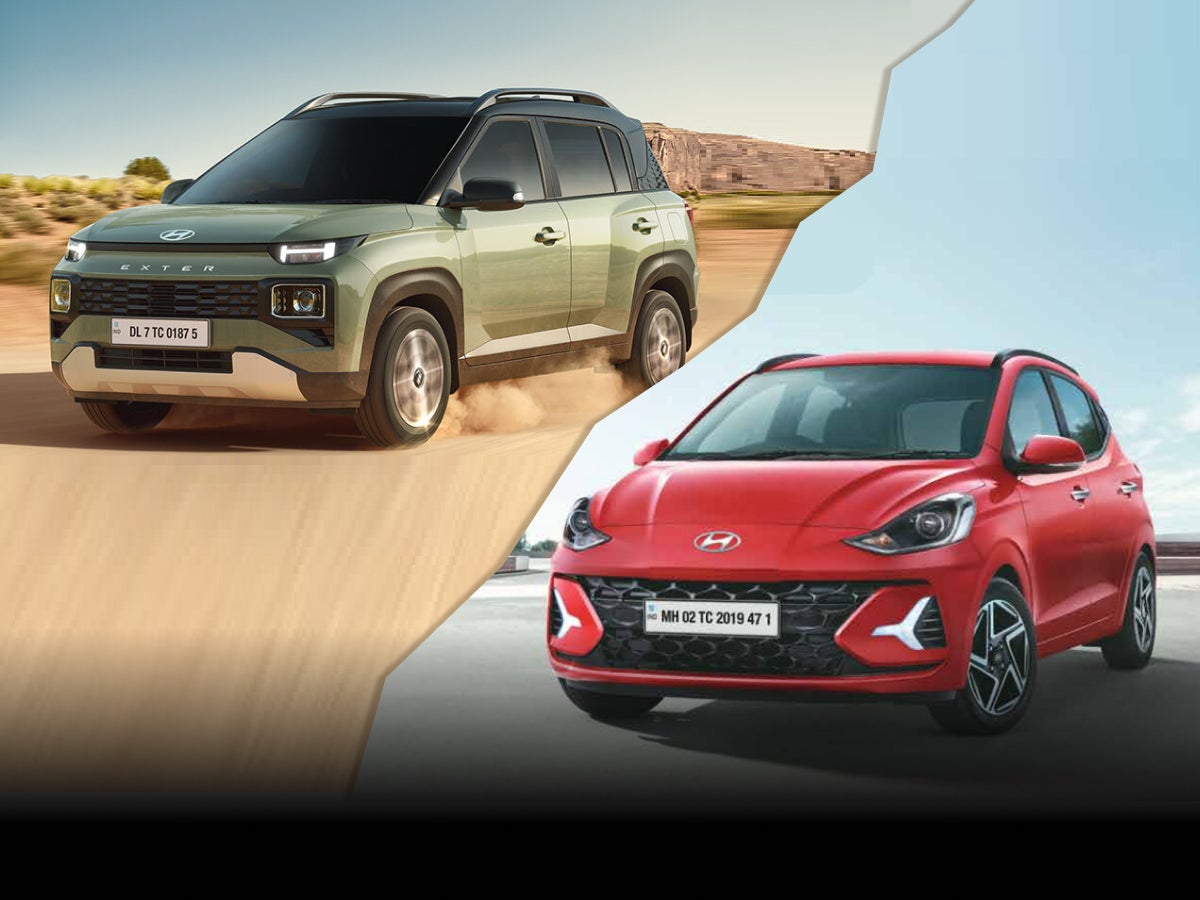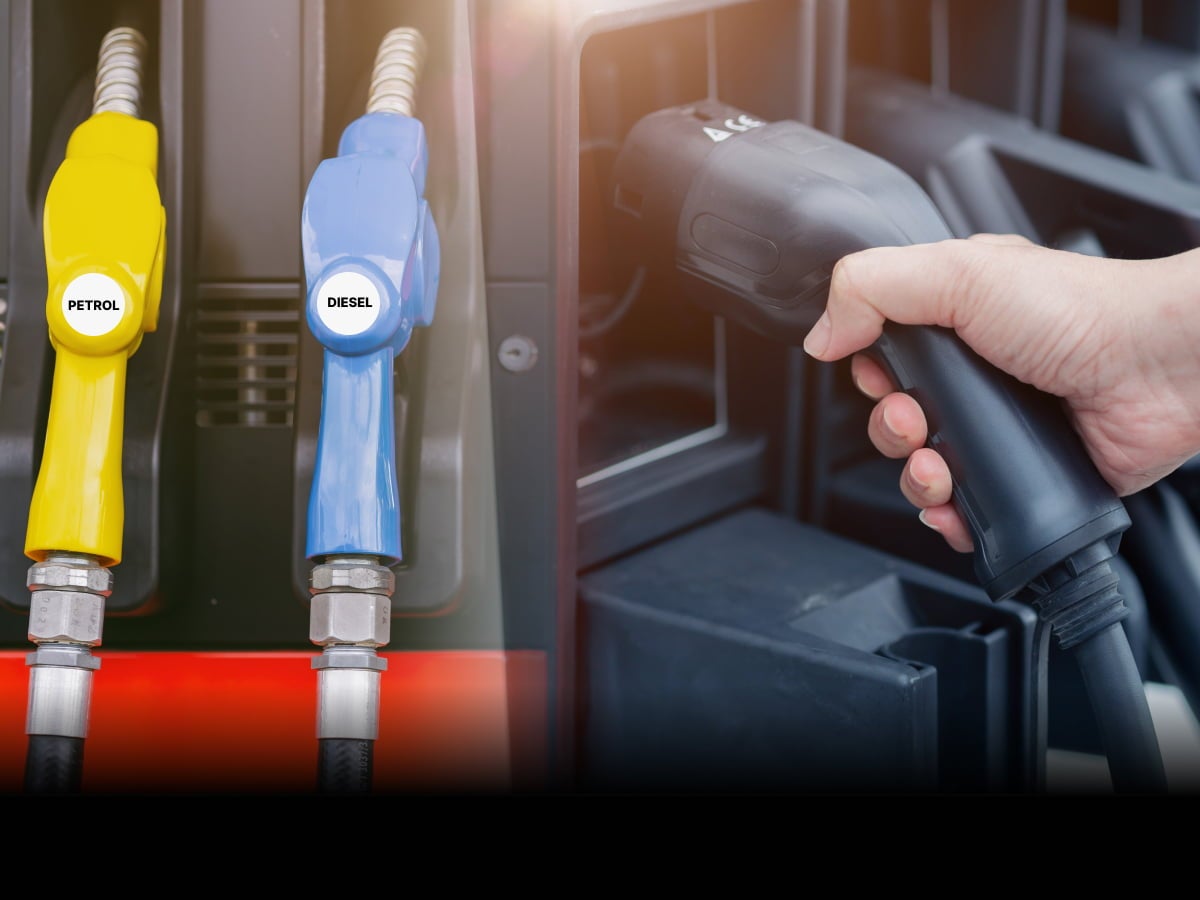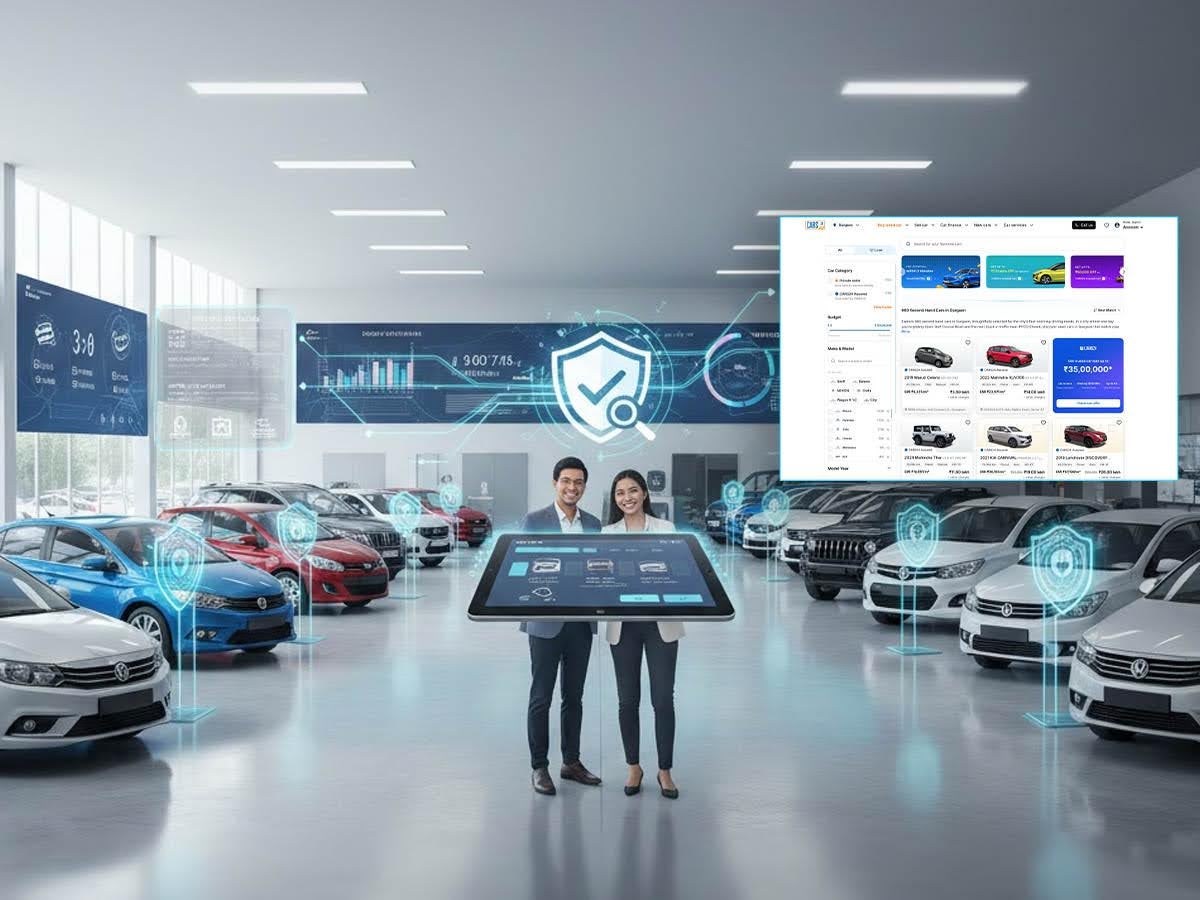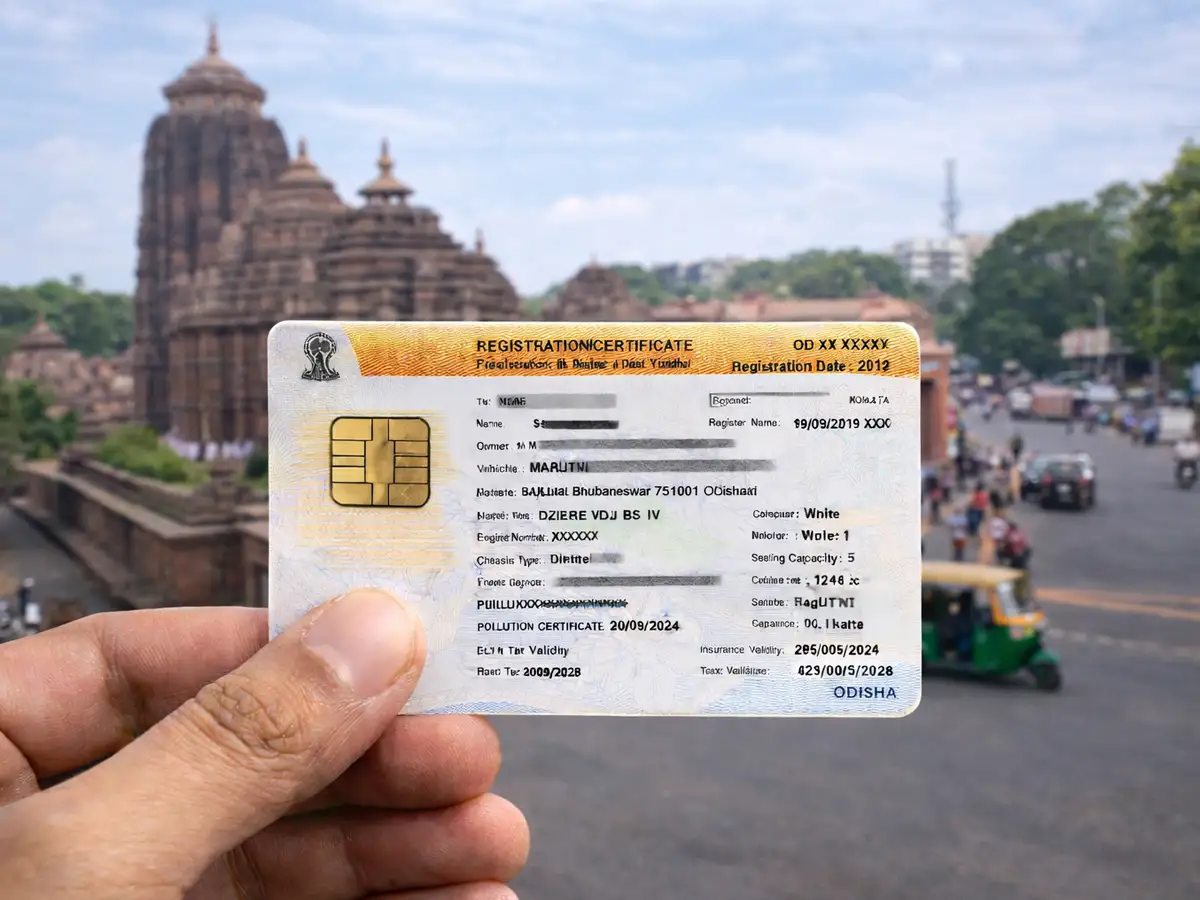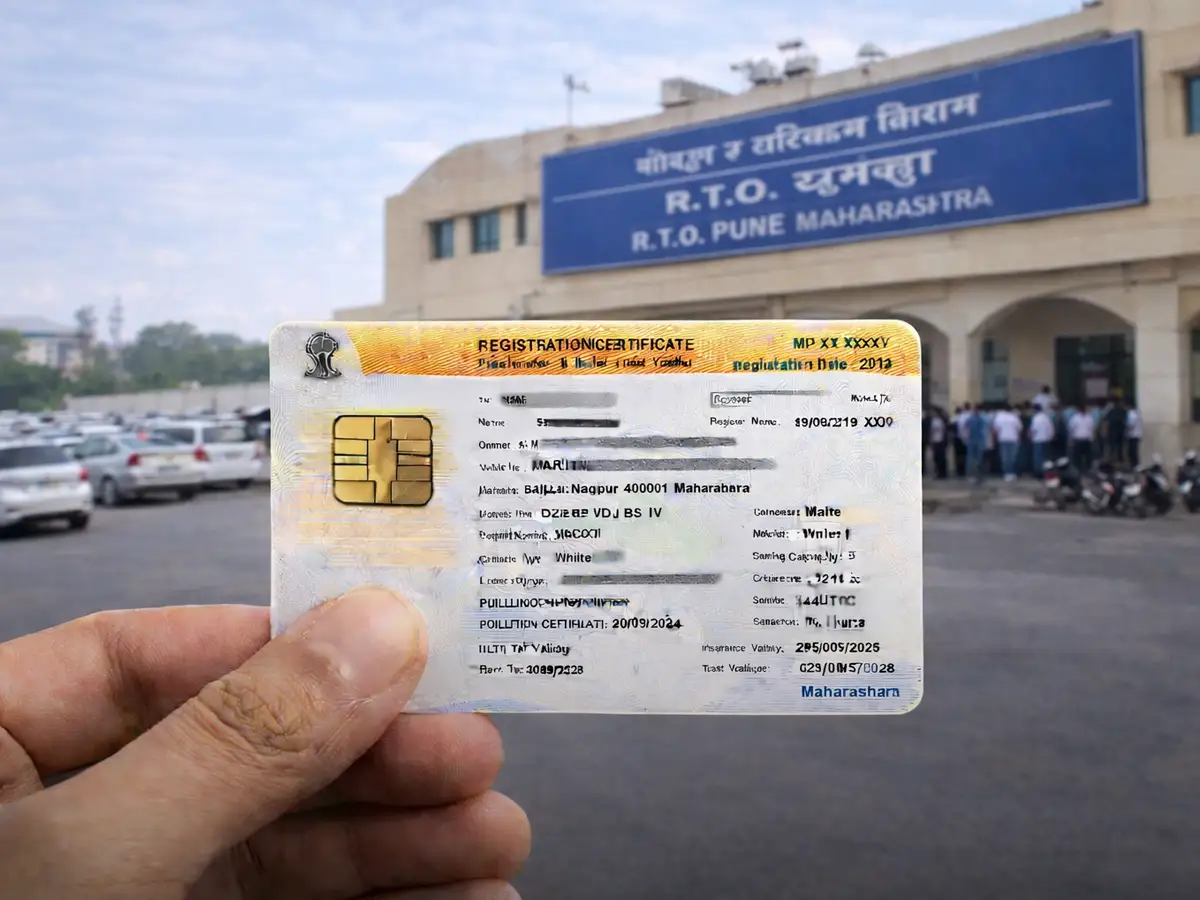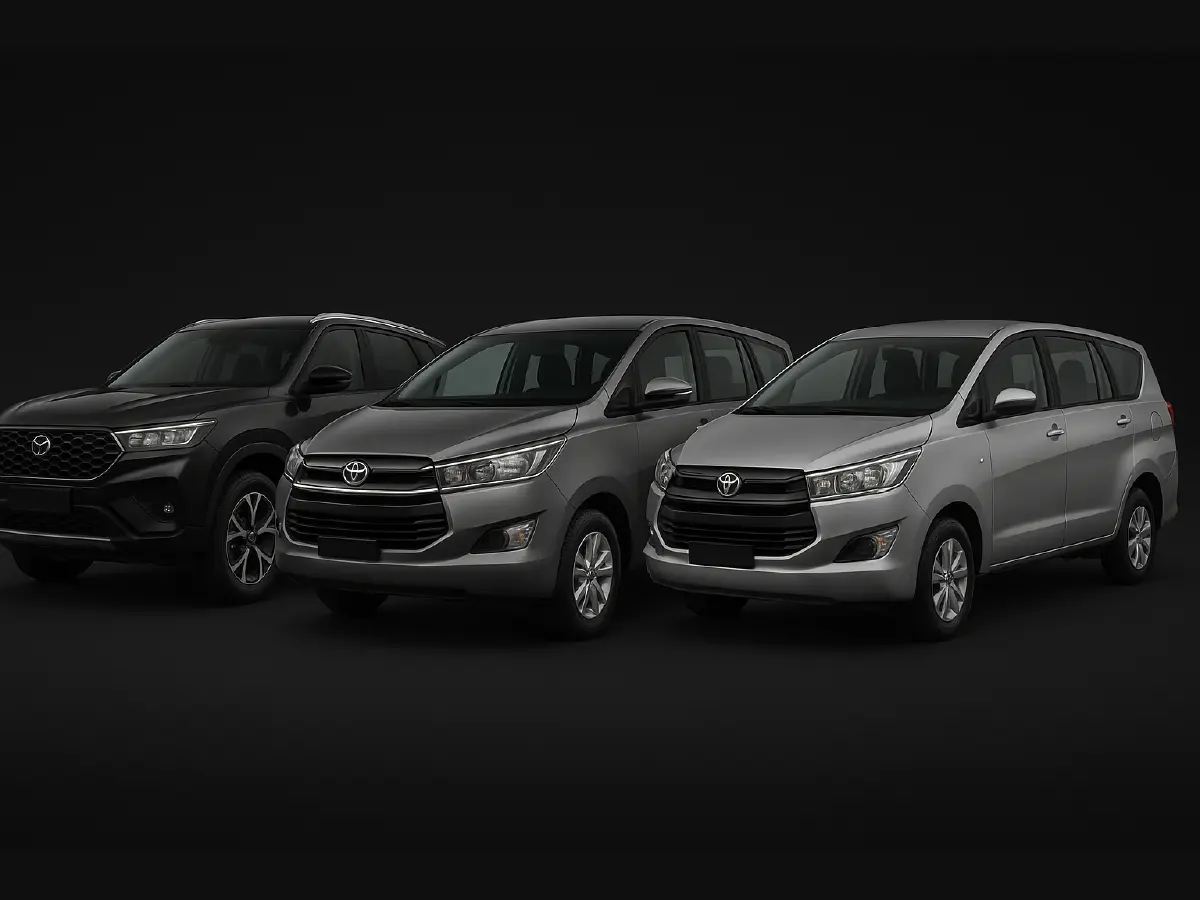

SUV vs MPV vs MUV: Full Form, Purpose, and Differences Explained
- 1SUVs offer the best off-roading ability compared to MPVs and MUVs
- 2MPVs are designed to offer passenger comfort across all three rows
- 3MUVs help offer passenger comfort and cargo hauling capacities
Buying a car in 2025 isn’t as easy as it used to be, partly because there are so many different body styles to choose from in the Indian car market. While SUVs are the ones that hog all the limelight, mostly because SUV has become the go to marketing term for car makers to sell their cars, MPVs, and even MUVs, have also started gaining popularity due to their multi-fold abilities. It makes sense, then, as a car buyer, to understand what the strengths and weaknesses of a particular body type are before putting your money down.
To make things easier, we have put together this blog, which takes a deep look at the SUV vs MPV vs MUV debate, tells you the full form of each, and which one will be the right choice for you. After all, while these cars might sometimes look alike due to their brawny body shape, picking the right car between an SUV vs MPV, an MPV vs MUV, or an SUV vs MUV can be the best way to find the car that properly caters to your requirements.
SUV vs MPV vs MUV: Full Forms Explained
These three word acronyms that have long existed in the car industry are not just fancy marketing terms, even though they are used as such today. Instead, the terms SUV, MPV and MUV were created to reflect the different intent of a particular type of vehicle. More or less, these acronyms hold the same meaning across different car markets in the world, including India.
SUV Full Form
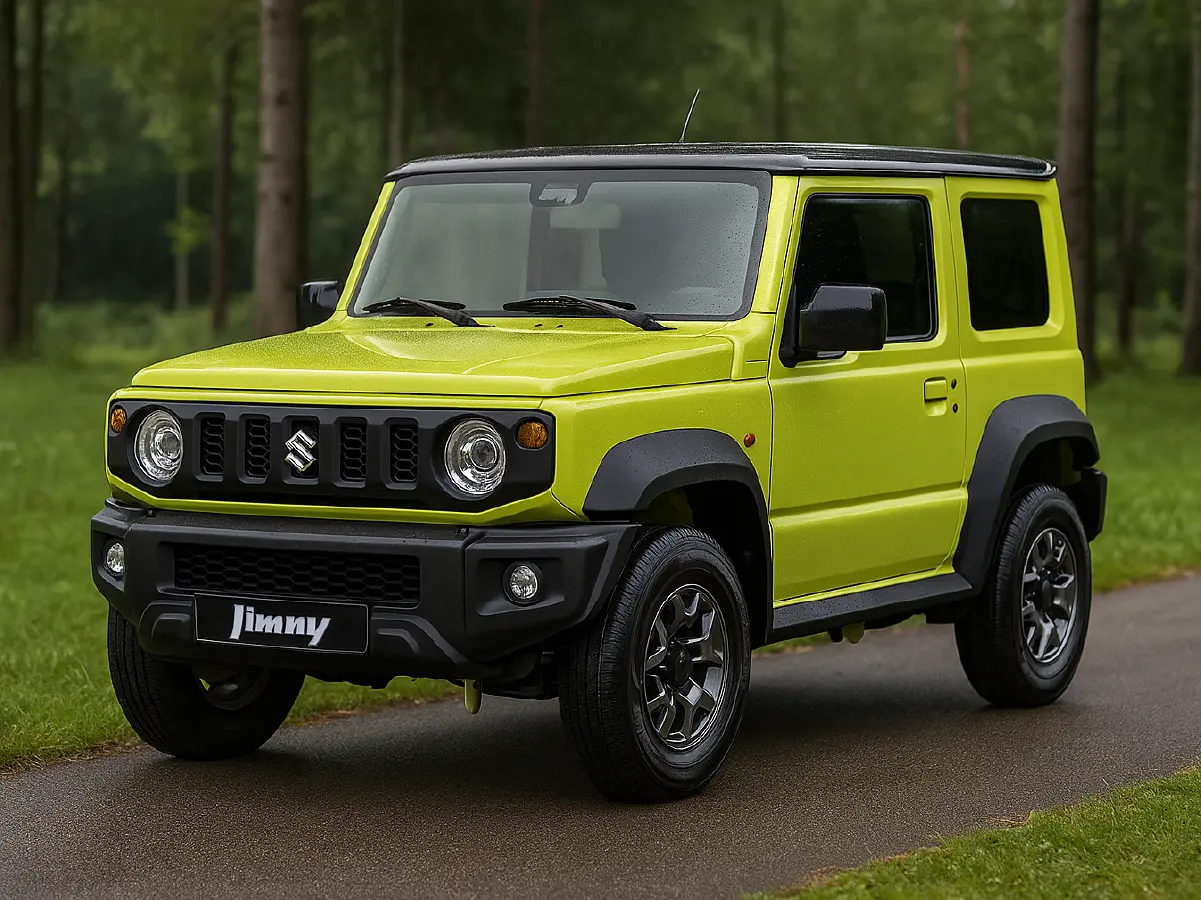
The full form of SUV is Sports Utility Vehicle. Breaking down the full form of SUV, it is easily understandable that it is meant to take on Sporty challenges, such as driving off-road and tackling the toughest of terrains, where not all cars are capable of going. SUVs also offer a utility value as they can be used to haul cargo to difficult places, where other vehicles cannot reach. Furthermore, an SUV can also be used for towing purposes. They can tow other cars easily, and can also be used to tow trailers because of their rigid construction and powerful capabilities.
Core Characteristics of an SUV
- Design: SUVs have a two-box design, whereas the first box represents the engine compartment and the second box, which is bigger, represents the passenger compartment. The two box design principle is also found in MPVs and MUVs, which is one of the reasons people are often confused between an SUV vs MPV, vs MUV. With mostly squared off edges, SUVs are inherently boxy in shape.
- Body on Frame vs Monocoque: While deciphering the SUV full form, it is also important to understand how one is built. Historically, SUVs have featured a body-on-frame chassis, which means that they feature a sturdy frame at the bottom, on top of which the body is bolted and welded. However, certain modern SUVs, which are more road-oriented now, also feature a monocoque construction, in which the frame and body are essentially one structure.
- Powertrain: The SUV full form is indicative of the hard work they are expected to do when tackling trails or towing something, and thus, they usually have bigger engines, preferably diesel, although petrol engines are also now common on SUVs. While older SUVs relied on manual transmissions for their better durability, modern SUVs have equally capable automatic transmissions as well.
- Drivetrain: This can be considered the holy grail of an SUV as it needs to have four wheel drive (4WD) to be able to go about its business. A low-range transfer case is also a staple of SUVs as it can help greatly in increasing the torque output in slippery conditions.
- Seating Capacity: SUVs are generally 5-seaters, however, larger ones can also accommodate 7 people. In the case of 7-seaters, the third row of an SUV is generally cramped and is best utilised by kids over shorter journeys.
MPV Full Form
The full form of MPV is Multi-Purpose Vehicle. Taking a look at the MPV full form, it is clear that an MPV is expected to be a jack of all trades, and that is exactly what it is, however, an MPV is designed to enhance the comfort of its passengers by maximising interior space, while fulfilling multiple other purposes at the same time such as hauling cargo or towing a small trailer. For those of you who follow the North American car market as well, MPVs are also marketed as minivans and highly comfortable passenger carriers designed for urban and highway driving.
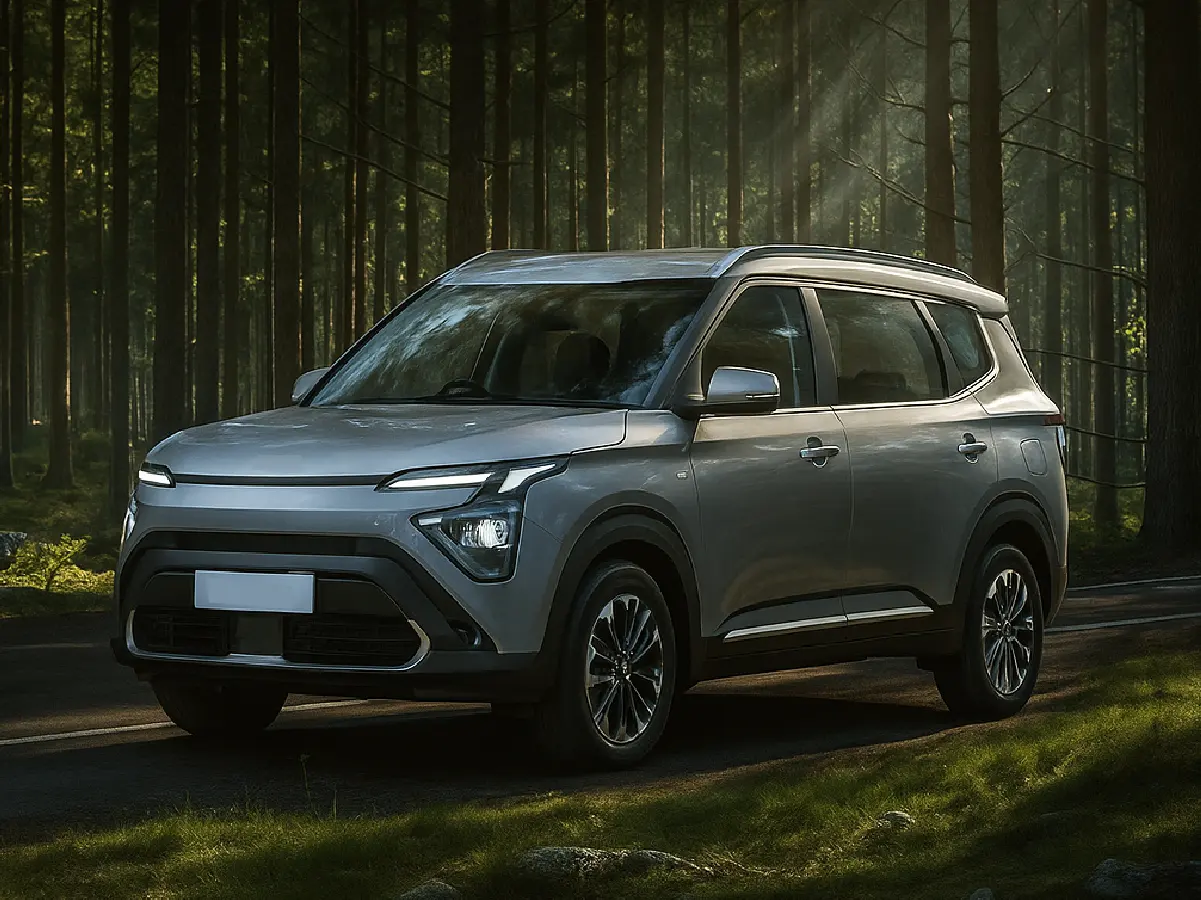
Core Characteristics of an MPV
- Design: MPVs also follow a two box design principle, however, they tend to have tapering edges compared to SUVs. In most cases, the windshield is highly raked and allows the bonnet to seamlessly flow into the design of the passenger cabin. However, at the back, MPVs tend to have a more squared off design which allows for more cabin space inside the vehicle. In the SUV vs MPV vs MUV debate, MPVs often have the smoothest designs, however, this is not a prerequisite.
- Monocoque: The primary objective of an MPV is to transport passengers comfortably and to do so, MPVs feature a monocoque construction where their frame and body are fused into one structure. This gives MPVs a more car-like handling and such vehicles are easier and more comfortable to drive over properly paved roads.
- Powertrain: The powertrain of MPV cars can utilise both petrol and diesel engines as they are both capable enough for driving in urban environments or highways. Furthermore, MPVs are offered with a mix of manual or automatic transmission options as, once again, MPVs are purpose built for increasing passenger comfort.
- Drivetrain: MPVs are not expected to go off-road, and thus they are available in two wheel drive or 2WD configurations. Most modern MPVs feature a front wheel drive (FWD) layout as it is more fuel efficient, however, MPVs can also be rear wheel drive (RWD).
- Seating Capacity: The MPV full form is a Multi Purpose Vehicle but calling it a Multi Passenger Vehicle wouldn’t be wrong too. After all, the whole purpose behind an MPV is to carry more passengers more comfortably than other types of cars. As such, MPVs are seven-seater cars and they offer better space for passengers in the third row in the SUV vs MPV vs MUV debate.
MUV Full Form
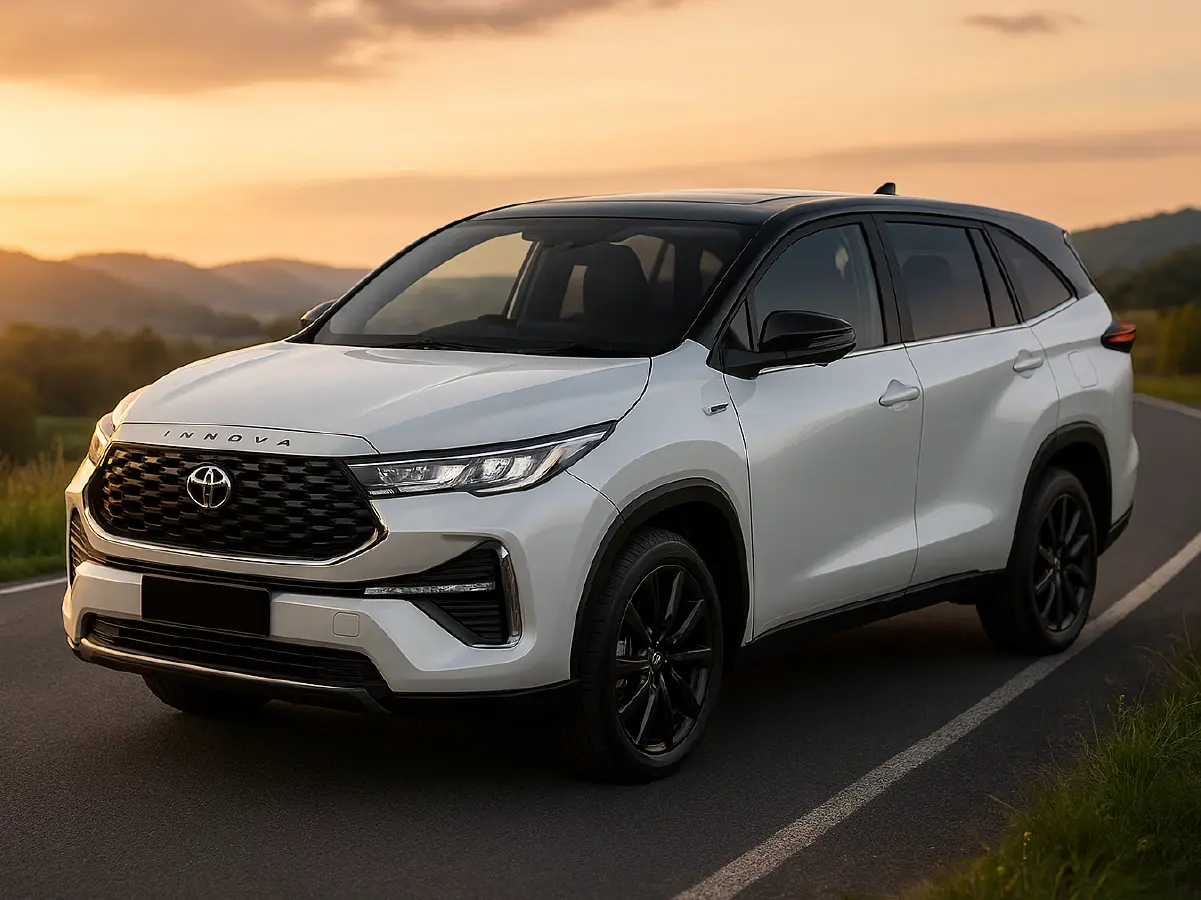
The full form of MUV is Multi Utility Vehicle and is similar to the SUV full form. Taking a deeper look at the full form of MUV, it is easily understandable that such a vehicle is designed to take on different utilitarian tasks with relative ease. However, an MUV is the perfect blend of an SUV and an MPV. While an SUV offers better utilitarian value and an MPV offers more passenger comfort, MUVs blend these two traits to offer the best of both worlds. In the Indian market, it is not easy to distinguish between MPVs vs MUVs as they look quite similar.
Core Characteristics of an MUV
- Design: Like SUVs and MPVs, MUVs also follow a two-box design principle. The windshield of MUVs is highly raked and it gives the appearance that the bonnet line simply flows into the roof line of the vehicle. The back of MUVs is squared off, similar to MPVs, to allow for more cabin space for third-row passengers.
- Body on frame vs Monocoque: While most MUVs feature a monocoque design to aid in passenger comfort, this is not always the case. Apart from passenger comfort, MUVs are also expected to offer a utilitarian value by being more durable. In certain cases, MUVs feature a body-on-frame design to offer better robustness. An example of such a car is the Tata Hexa or the Toyota Innova Crysta.
- Powertrain: The MUV full form is a Multi Utility Vehicle, and it can be equipped with both petrol or diesel engines, or even a hybrid engine in the case of the Toyota Innova Hycross. Furthermore, most MUVs are offered with the option of choosing between a manual and an automatic transmission.
- Drivetrain: MUVs are expected to be the bridge between SUVs and MPVs, and in most cases, MPVs are offered in a 2WD layout (either FWD or RWD). However, MUVs can also be offered in a 4WD layout. The discontinued Tata Hexa is a great example of an MUV with 4WD.
- Seating Capacity: MUVs are designed as three-row vehicles and they can generally seat 7 people. MUVs are typically larger than MPVs and can sometimes be 8-seater vehicles as well. Once again, the Toyota Innova Crysta is a great example of an MUV that can seat 8 people.
Examples of SUV vs MPV vs MUV
While we have already explained the full form of SUV vs MPV vs MUV and their core characteristics, it is easier to understand the difference between the three different body types of cars by giving relative examples. The table below lists all three body types with their relevant examples.
| SUV | MPV | MUV |
1. Maruti Suzuki Jimny 2. Mahindra Thar 3. Toyota Fortuner 4. Mahindra Scorpio N | 1. Renault Triber 2. Maruti Suzuki Ertiga 3. Mahindra Marazzo 4. Kia Carens Clavis | 1. Toyota Innova Crysta 2. Toyota Innova Hycross 3. Tata Hexa (discontinued) 4. Kia Carnival |
What Should You Choose?
Choosing between picking an SUV vs MPV vs MUV can become a nightmare for car buyers, especially in India, where these different body types are always mixing with one another. However, after the distinctions that we have talked about above, you should be able to distinguish between a real SUV, a real MPV and a real MUV. But which one should you choose? The answer to that depends on your usage.
Pick an SUV if:
- You are going to be spending a good amount of time off the road, in the wilderness. While the SUV moniker might be loosely used by many cars today, the real SUVs always are among the best 4x4 cars which come with a 4WD system that can help you traverse over muddy, slippery or rocky terrain.
- You want a car to have a high and commanding driving position. The driving seat of an SUV is generally positioned higher as it offers the most ground clearance of the three. Such a seating position is great for all-around and long-distance visibility, and the higher ground clearance also helps in tackling off-road obstacles.
- You want a car that is rugged and robust. SUVs are designed for meandering in the great outdoors, taking on challenging terrain and weather. They are built to offer high levels of robustness even when subjected to stresses that would be considered unnatural for most other cars.
Pick an MPV if:
- You are going to be using the car mostly to ferry passengers. MPVs are designed to offer passenger comfort across all rows of seating, for shorter and for longer journeys.
- You want a car that has an easily accessible third row of seats. MPVs are meant to be used in multiple configurations, and that means getting in and out of the third row has to be easy. MPV manufacturers pay special attention when designing them to allow for better ingress and egress out of the third row of the vehicle.
- You want adequate features for all rows of seating. MPV vehicles often come with specialised AC units for second and third row passengers. Furthermore, features such as cup holders, smartphone storage area,s and charging ports are also mostly accessible to all passengers in each row.
Pick an MUV if:
- Your priority is to transport passengers and move cargo at the same time. MUVs are designed to offer you the flexibility of using three rows of seating for passengers, and at the same time, these seats can be folded up or down in different configurations to make way for adequate passenger and cargo space.
- You want a vehicle that is highly robust and can take on challenges. MUVs mostly feature body-on-frame construction, and even monocoque MUVs feature a rigid and robust construction. This ensures that such vehicles can take on uneven or bad roads, or even do light off roading without really feeling challenged. Some older MUVs, such as a used Tata Hexa, even come with 4WD hardware.
Summary of SUV vs MPV vs MUV
The automotive landscape in India is evolving at a fast rate, and the lines between an SUV, MPV and MUV are also becoming blurred. However, as you now know the full form of SUV vs MPV vs MUV, and the purpose of each vehicle, you can easily decide on what works better for you by examining your usage and then choosing the right type of vehicle for it.
Frequently Asked Questions
Expand all



